“King of pangasius” suffers unexpected loss
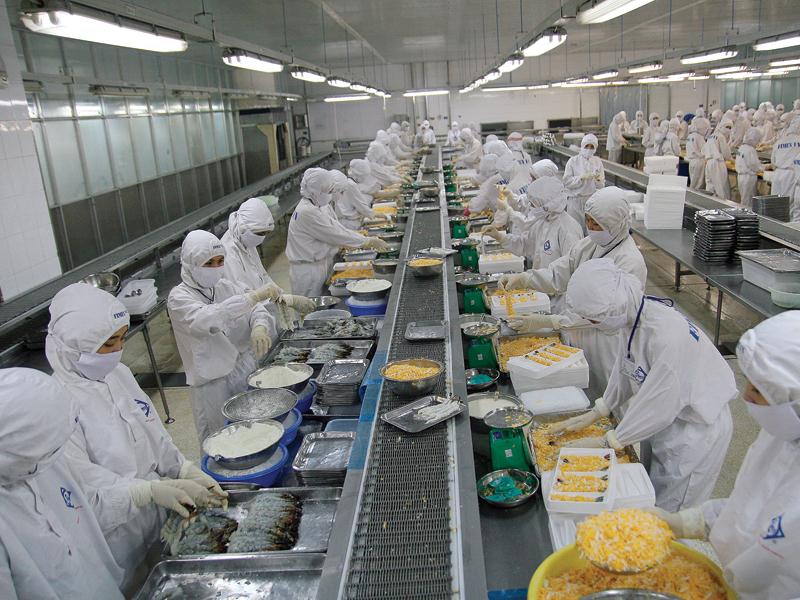 |
| illustration photo |
Unexplained financial instability
The audited financial statement by Ernst & Young for the fiscal year 2016 (from October 1, 2015 to September 30, 2016) has shown that the parent company’s after-tax profit was negative VND49.29 billion ($2.17 million), while the version released by HVG earlier reported this figure at VND308.65 billion ($13.61 million), a nearly 90 per cent difference.
Notably, HVG’s audited revenue was VND2.038 trillion ($89.86 million) lower than earlier reported. In the written explanation, Duong Ngoc Minh, chairman and general director of HVG, said that the difference was derived from two main amounts. The first one is the VND228 billion ($10.05 million) from the sales of soybean residue, which must be recognised for another fiscal year, not 2016. The other one was the VND180.73 billion ($7.97 million) revenue from transferring rights to use ponds, which was not recognized due to a lack of legal formalities.
However, these two amounts valued only over VND400 billion ($17.64 million). The difference is five times this much.
On the balance sheet, by the end of the year, HVG’s receivables were VND7.43 trillion ($327.6 million), accounting for 60 and 45 per cent of its short-term and total assets, respectively, a 32 per cent increase compared to the beginning of the year. There was no detailed information about the matured receivables, however, and the provision for short-term bad debts have grown from VND346.97 billion ($15.3 million) to VND408.88 billion ($18.03 million).
HVG’s total liabilities were VND13.336 trillion ($588 million), mainly short-term liabilities of VND12.225 trillion ($539 million). Compared to the unaudited financial statement, HVG’s total liabilities rose by VND521.34 billion ($22.99 million).
Recovery questionable
The written explanation of HVG’s 2016 income statement has confirmed that the VND228 billion ($10.05 million) revenue from soybean residue sales will be accounted in the first quarter of 2017. This news has satisfied some investors and the stocks have recovered a little bit on February 8, after repeatedly hitting the floor price in the last four sessions.
Although HVG’s total liabilities were four times its owners’ equity, when it comes to the ability to make short-term and quick payments, its short-term assets are still higher than short-term liabilities, therefore, this is no cause for serious worry.
By the end of 2016, HVG’s inventories were VND4.621 trillion ($203.75 million), a significant figure despite a slight decline compared to 2015. Demand was temporarily higher than supply in the pangasius market, which was reasonable compared to last year’s figures.
Still, a huge inventory is worrisome, especially in the seafood industry. Looking back at the histories of AnViFish Co. (AVF) and VISEACORP (VNH) in the stock market, a large inventory usually causes big fluctuations in business results.
While AVF had a surprising loss of VND893 billion ($39.37 million) in 2014 according to its unaudited financial statement, deriving mainly from the declining value of inventories, VNH had difficulties with the inventories many times before. In 2014, VNH suffered a loss of VND43.5 billion ($1.92 million), mainly from spoiled inventories (VND35.8 billion ($1.7 million)). Previously, VNH lost VND11.5 billion ($0.51 million) in 2012 and VND35.8 billion ($1.58 million) in 2013 from spoiled inventories.
Although named as the “King of pangasius,” and acknowledged as a leading firm in the seafood sector, HVG’s stock has been declining sharply and is now priced at VND7,000 ($0.31). According to VnDirect Securities Corporation, it is unlikely for HVG’s financial situation “to stabilise in the next quarters.”
| RELATED CONTENTS: | |
| Series of Vietnamese exporters fall prey to Canadian scammer company | |
| Seafood firm to build factory in Russia | |
| Singaporean firm to buy stake in local food processor | |
What the stars mean:
★ Poor ★ ★ Promising ★★★ Good ★★★★ Very good ★★★★★ Exceptional
Latest News
More News
- Decoding the variables shaping investments in 2025 (December 13, 2024 | 10:53)
- Vietnamese enterprises embrace value creation model (December 13, 2024 | 09:00)
- Happy Vietnam awards honour photo and video artists (December 13, 2024 | 08:54)
- Vietnam unveils 2024 rankings of top employers and value-driven enterprises (December 12, 2024 | 17:00)
- ‘Blockbuster’ Eaton Park sells out just one week after launch (December 12, 2024 | 08:00)
- German businesses remain upbeat about Vietnam (December 11, 2024 | 15:45)
- Tech giants bet big on Vietnam's future (December 10, 2024 | 17:53)
- Forum on green solutions for industrial parks and investment promotion organised in Vinh Phuc (December 09, 2024 | 19:08)
- Vietnam and GGGI launch plan for green growth and climate action (December 08, 2024 | 20:38)
- FTZs to open regional doors for logistics (December 07, 2024 | 10:00)





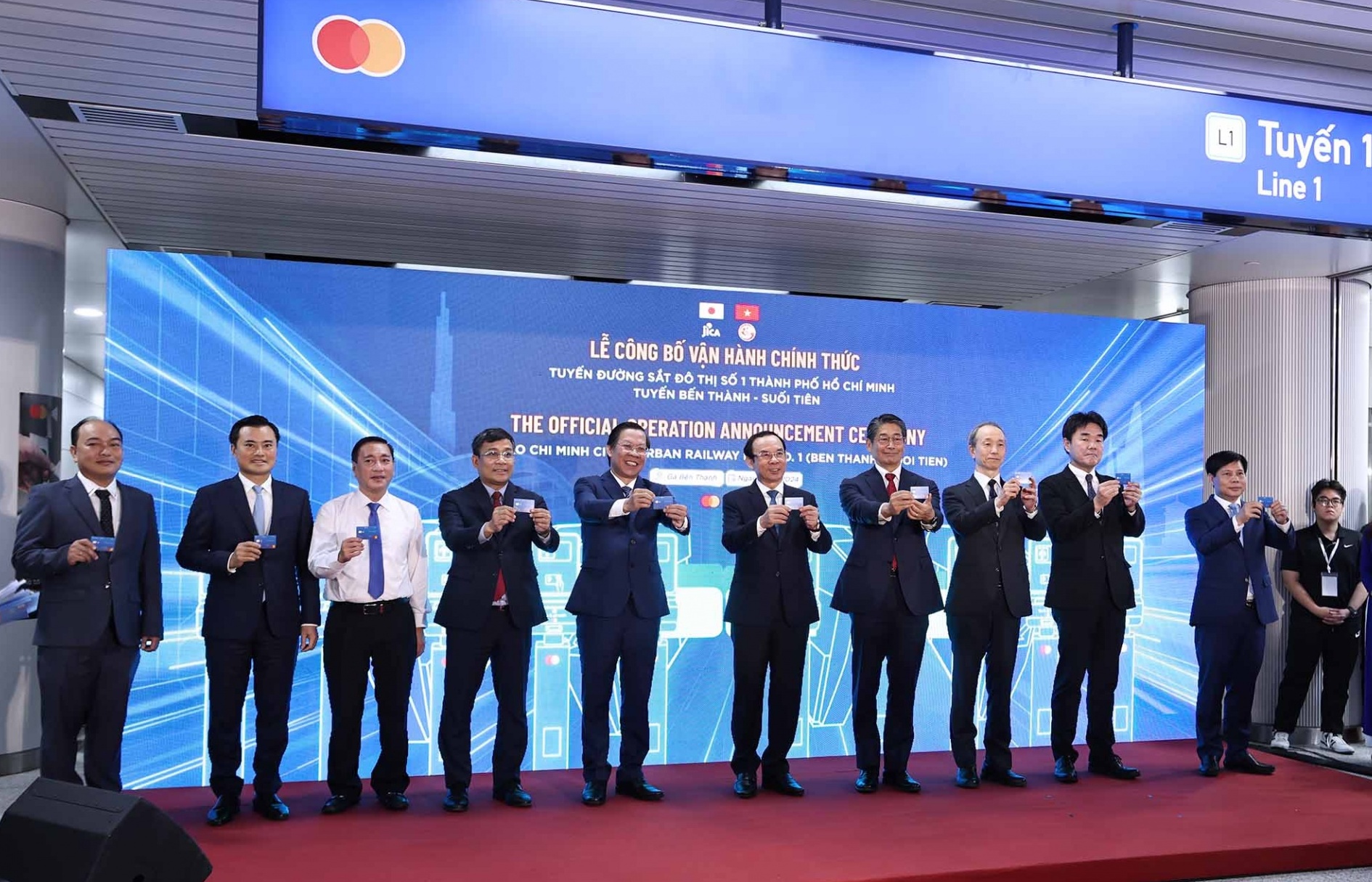
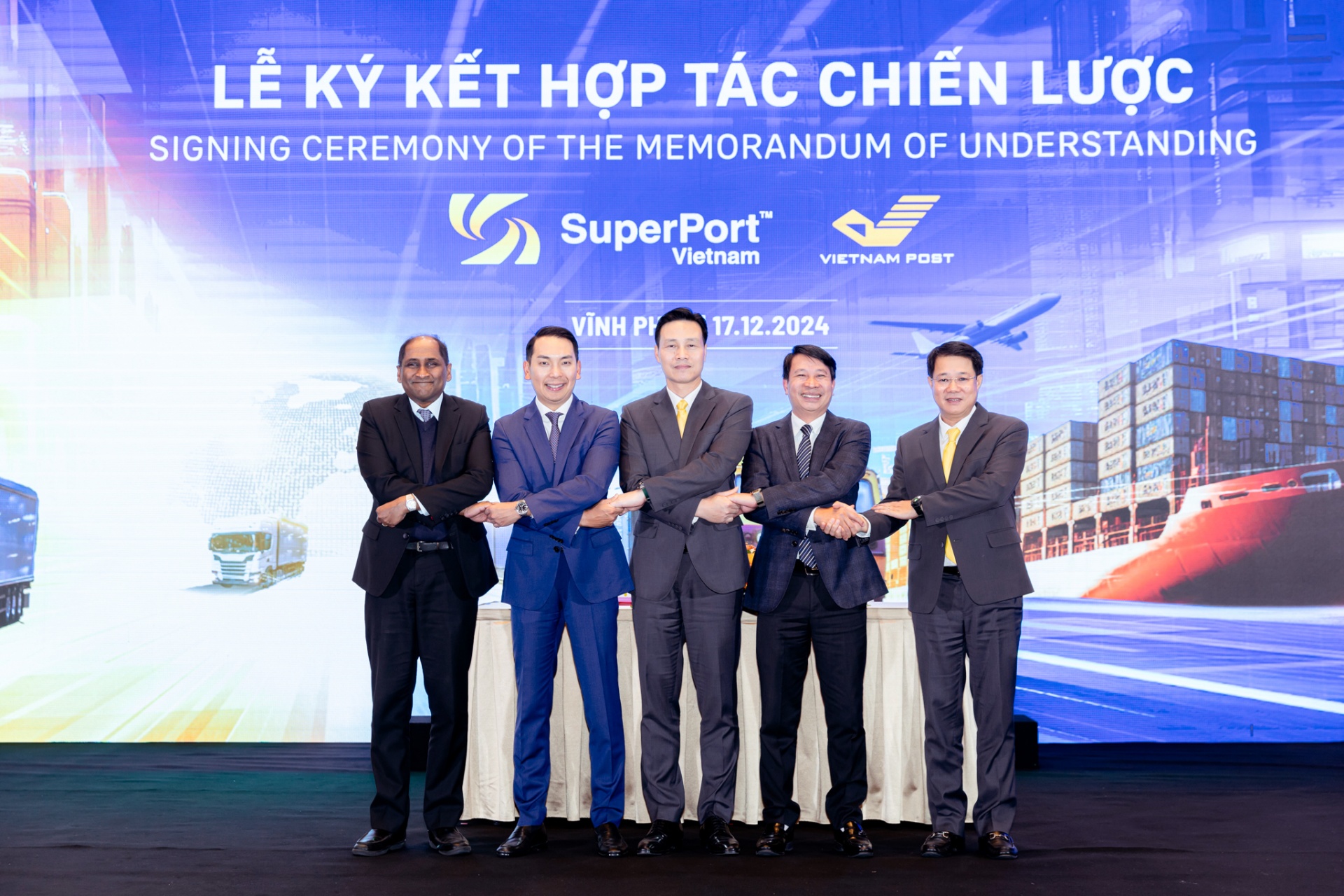

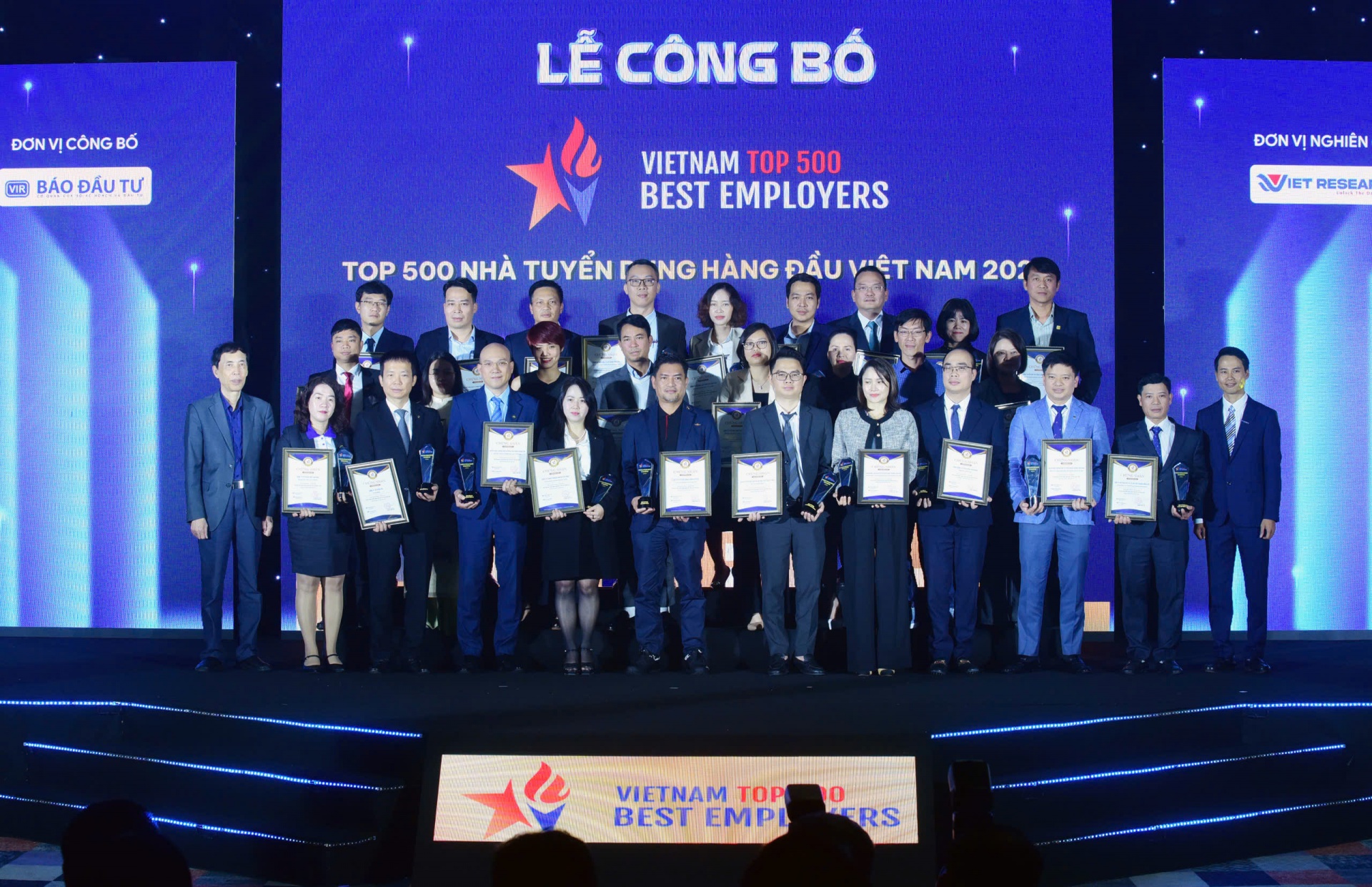






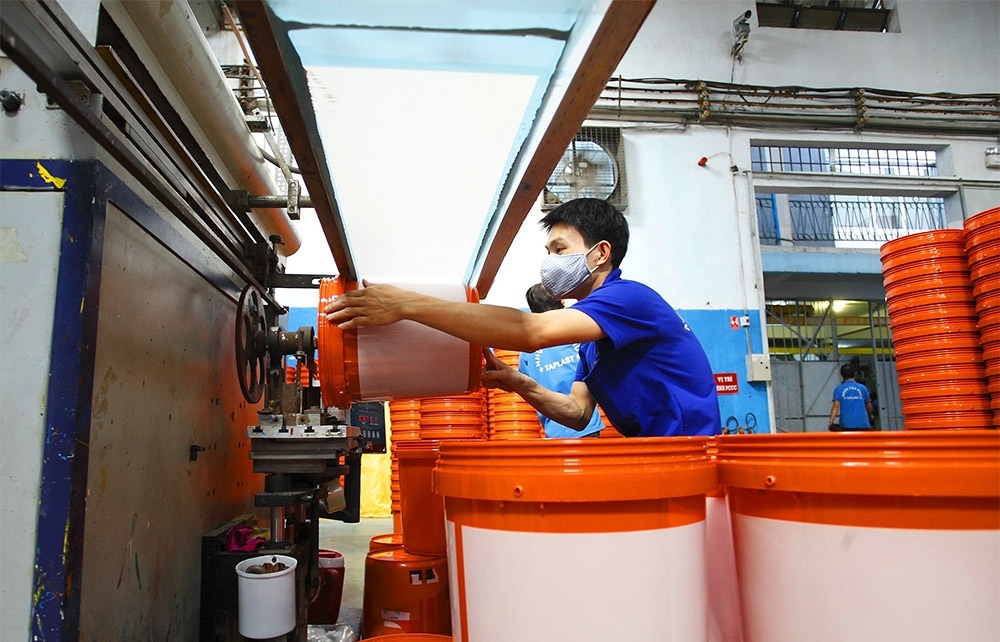



 Mobile Version
Mobile Version